You probably don't think much about the invisible engineering marvel that protects your smartphone screen, until that heart-stopping moment when your phone takes a tumble onto concrete. What transforms simple sand into the ultra-tough glass that stands between your device and disaster?
The answer lives in a manufacturing process that pushes materials science to its limits, combining furnace temperatures hotter than magma itself with systematic testing that feels like high-tech torture.
The journey from raw sand to smartphone protection begins in massive furnaces reaching approximately 1,650°C, where raw materials undergo a transformation that would make ancient alchemists weep with envy. Here is the twist: molten glass never touches a single surface during formation, creating sheets with surfaces so pristine they're described as perfect. No polishing. No mechanical finishing.
Every sheet of glass destined for smartphone duty must survive a gauntlet of tests designed to push it beyond anything your phone will ever encounter in everyday use. Devices with names like "Slapper" and "Mega Slapper" sound like pro wrestling moves, not precision instruments, but this systematic punishment is exactly what keeps your device alive after a run-in with pavement.
The relentless pursuit of unbreakable
Here is the bottom line: while Corning's engineers freely acknowledge that no glass is truly unbreakable, their methodical approach keeps nudging survival odds in your favor. The company's heritage runs from Edison bulbs to Space Shuttle windows and billions of kilometers of optical fiber, each project adding to a deep playbook on how glass behaves under stress.
What stands out is the loop from field to lab and back. Every test serves a purpose grounded in real customer field data, so the torture chamber translates into real protection when your phone meets concrete. Fusion yields atomically smooth surfaces, ion exchange hardens the shell with precise chemistry, and systematic testing proves it under conditions harsher than those of daily life.
So the next time your smartphone skitters across concrete and walks away with a scuff, remember that somewhere in upstate New York, identical glass panels were systematically tortured to make that survival possible.
The glass on your device has already endured worse than most phones will see — a quiet flex of engineering that turns simple sand into a protective skin, formed while floating in midair and toughened by punishment that would make a crash-test dummy wince.




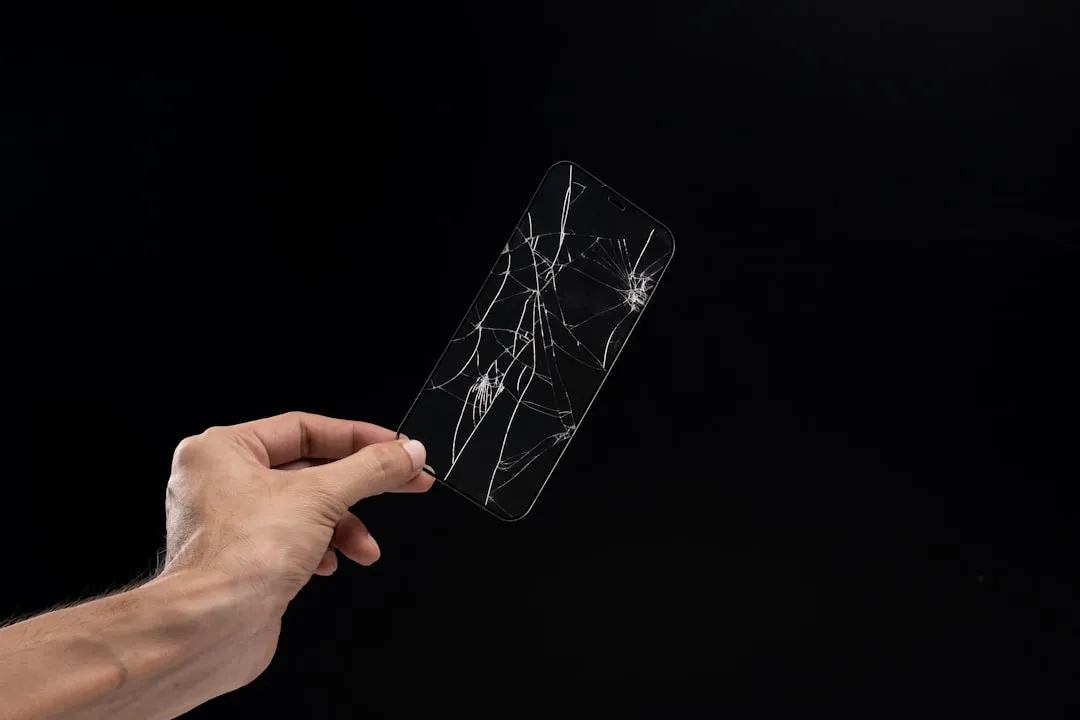
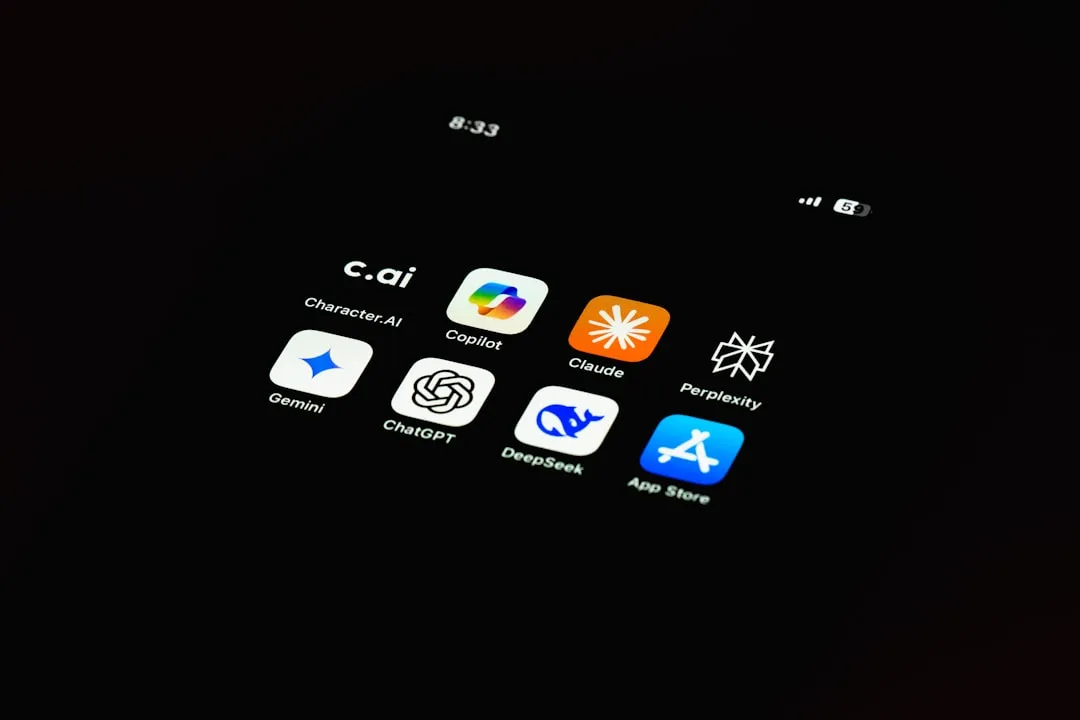

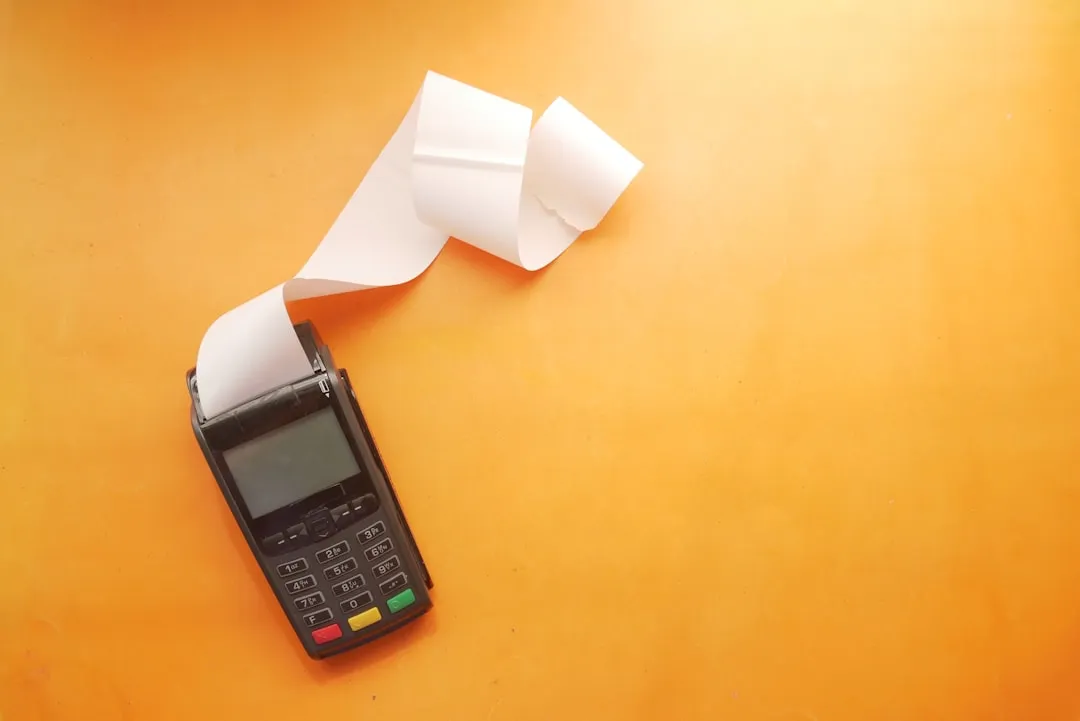

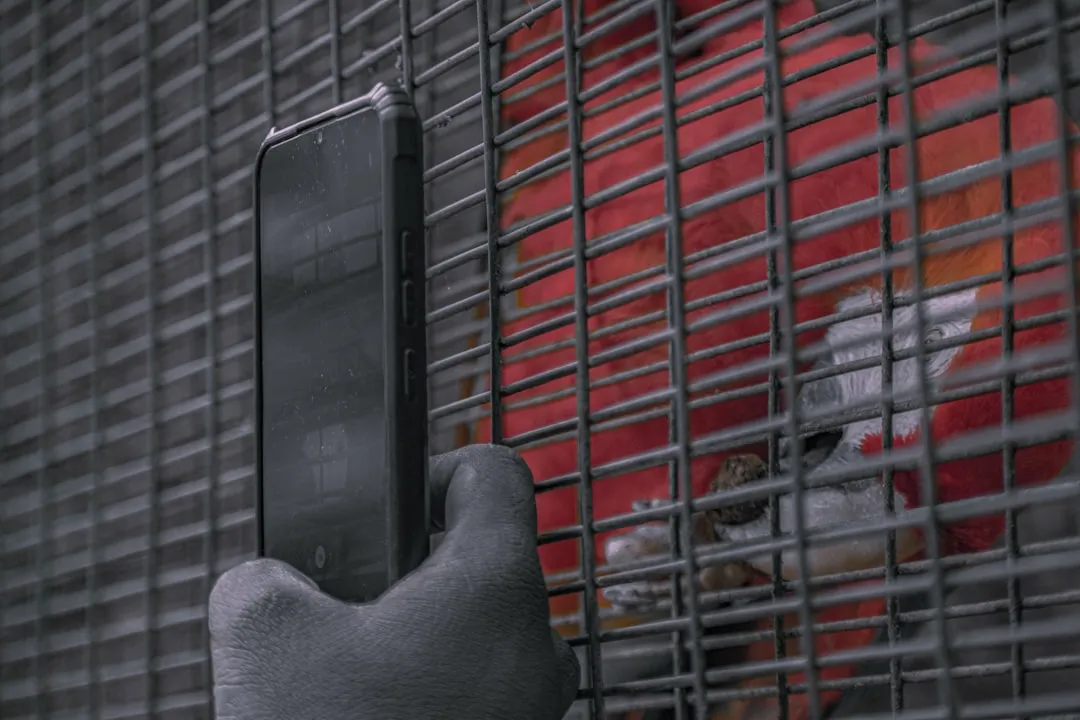

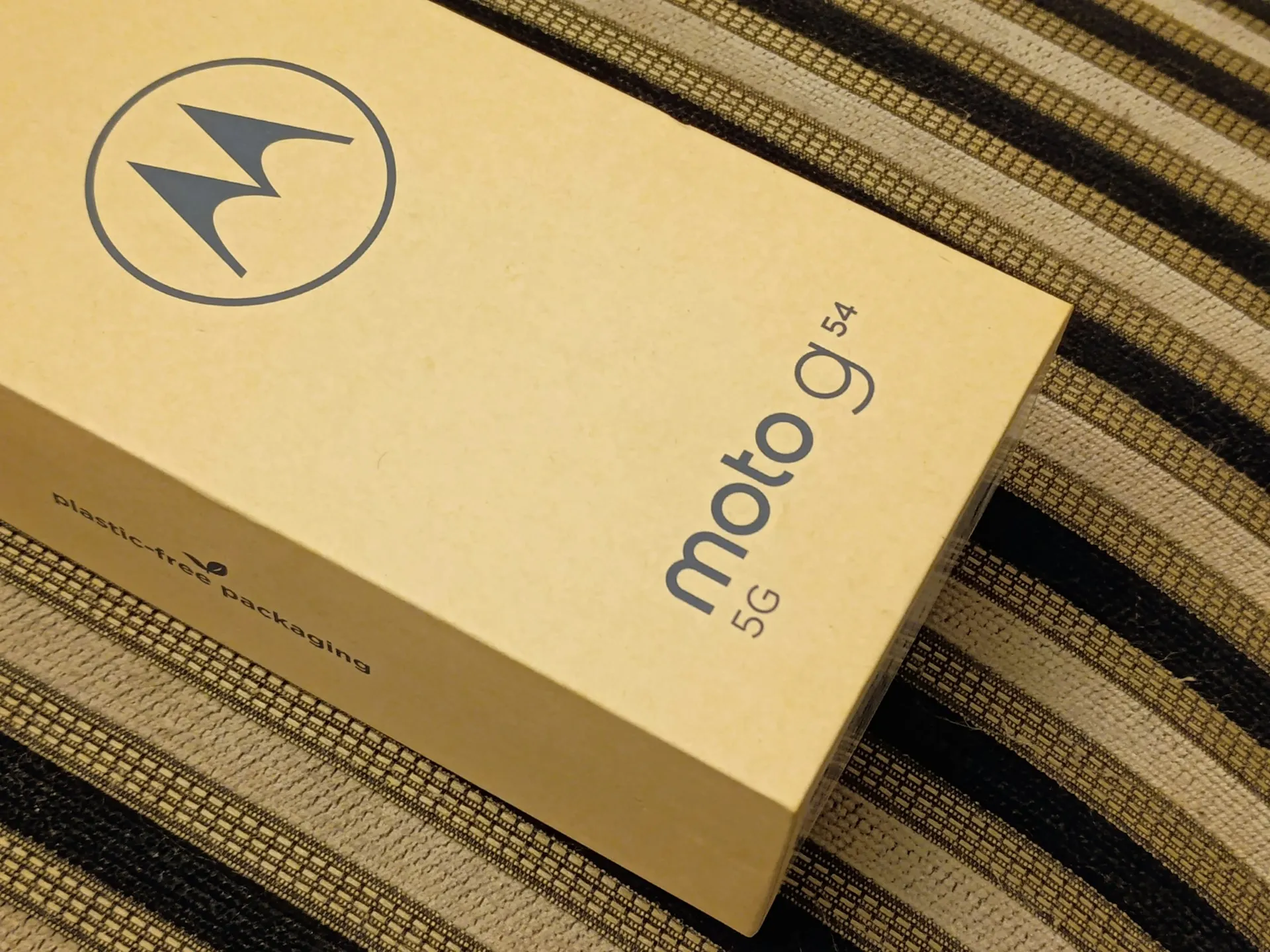
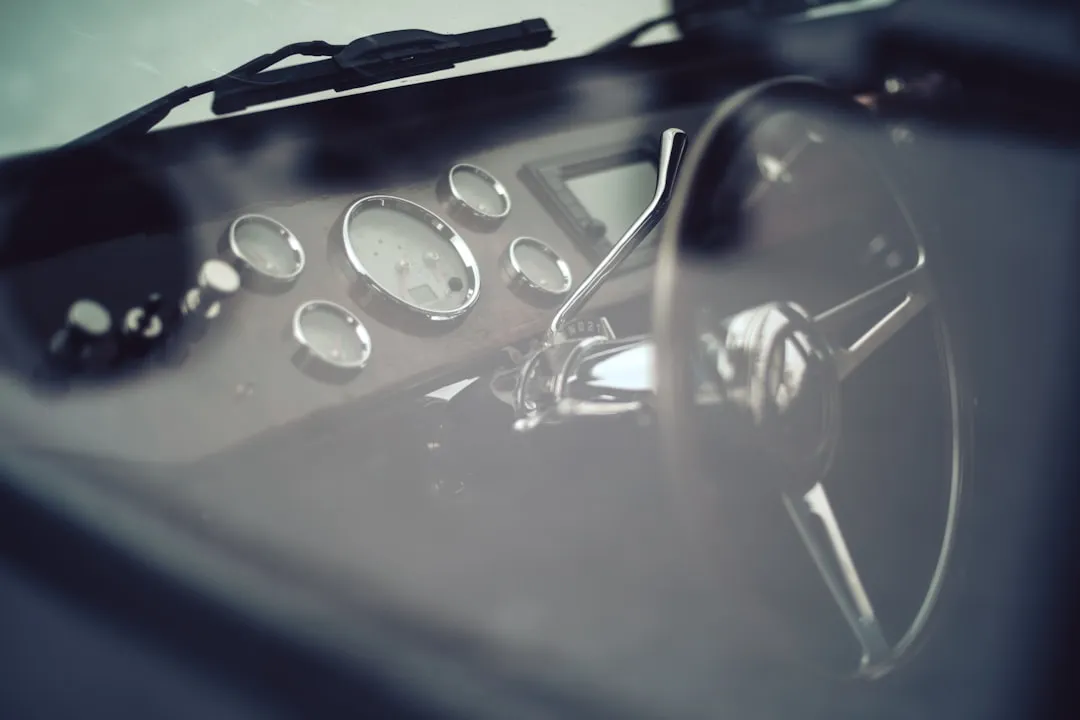

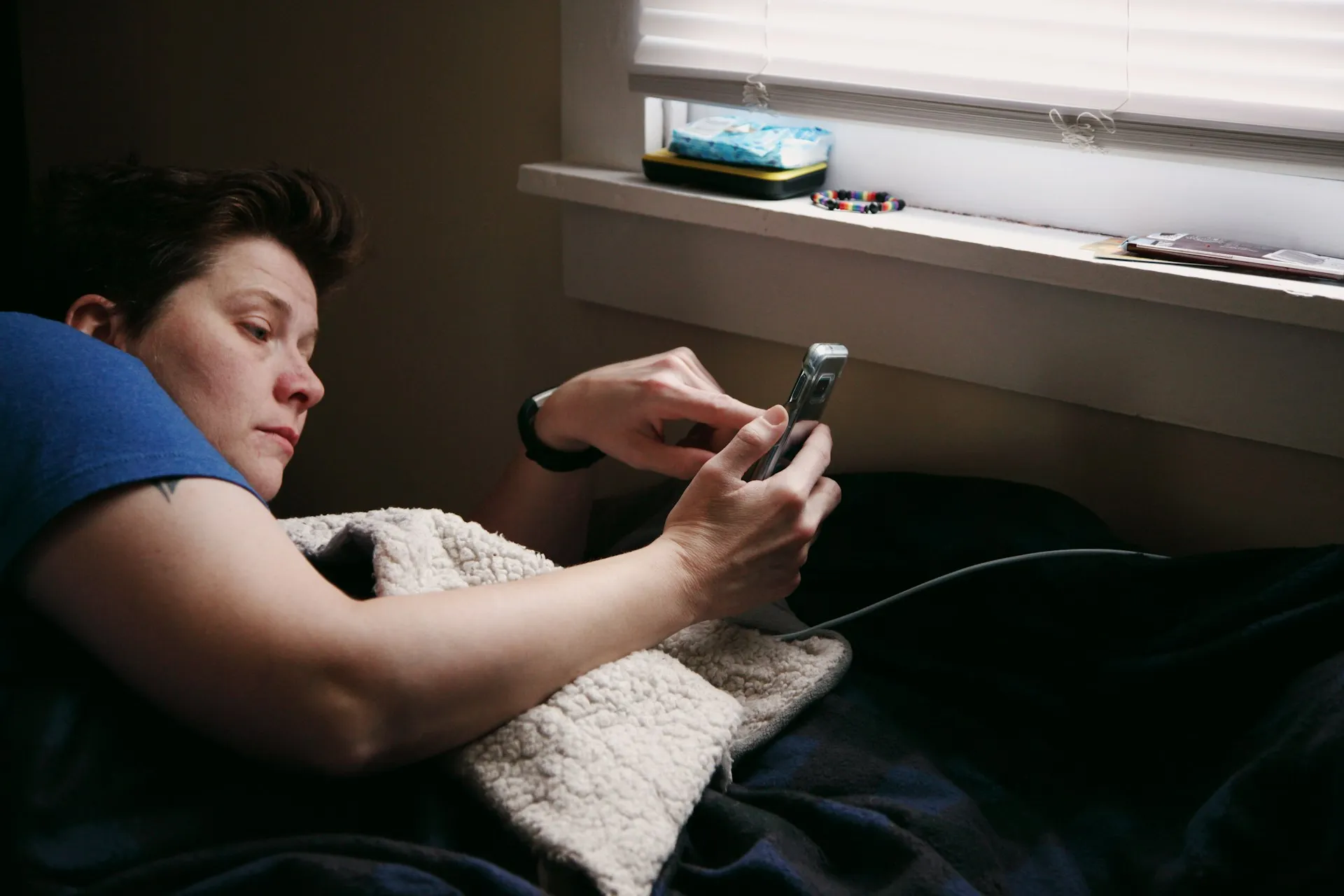
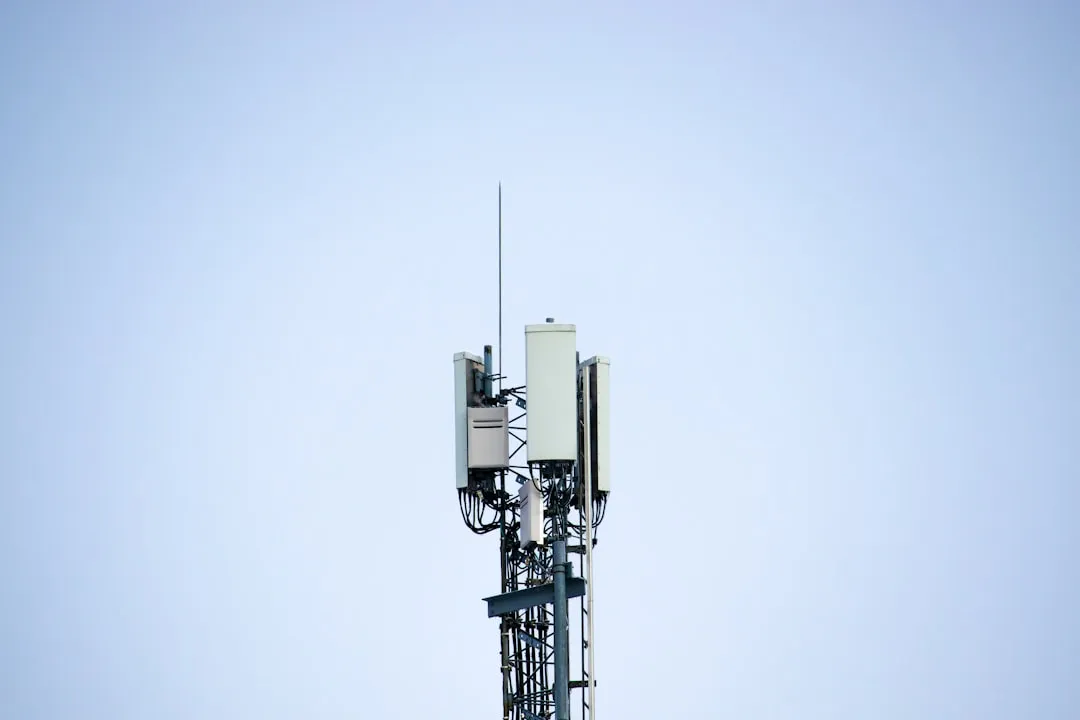


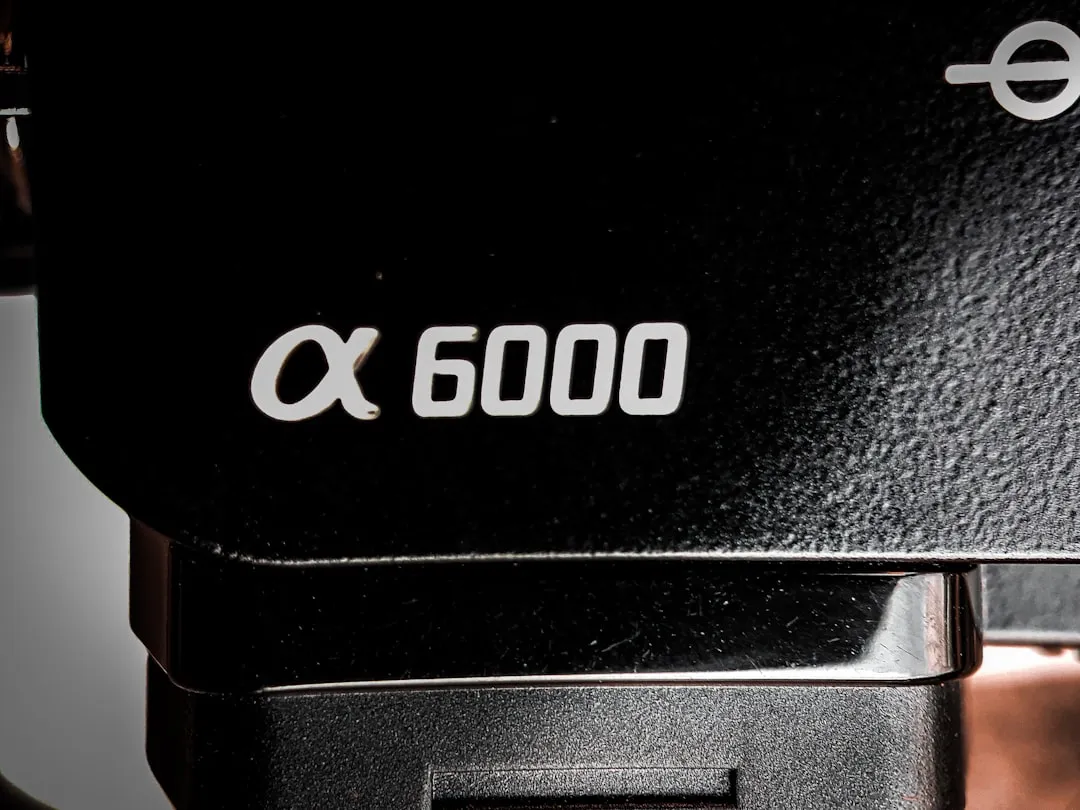


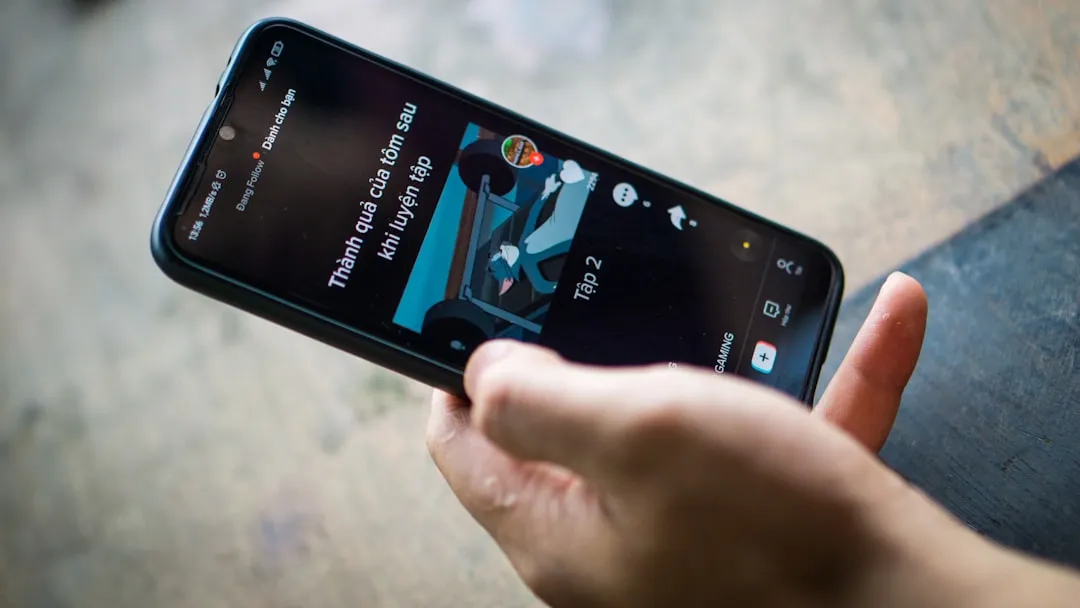
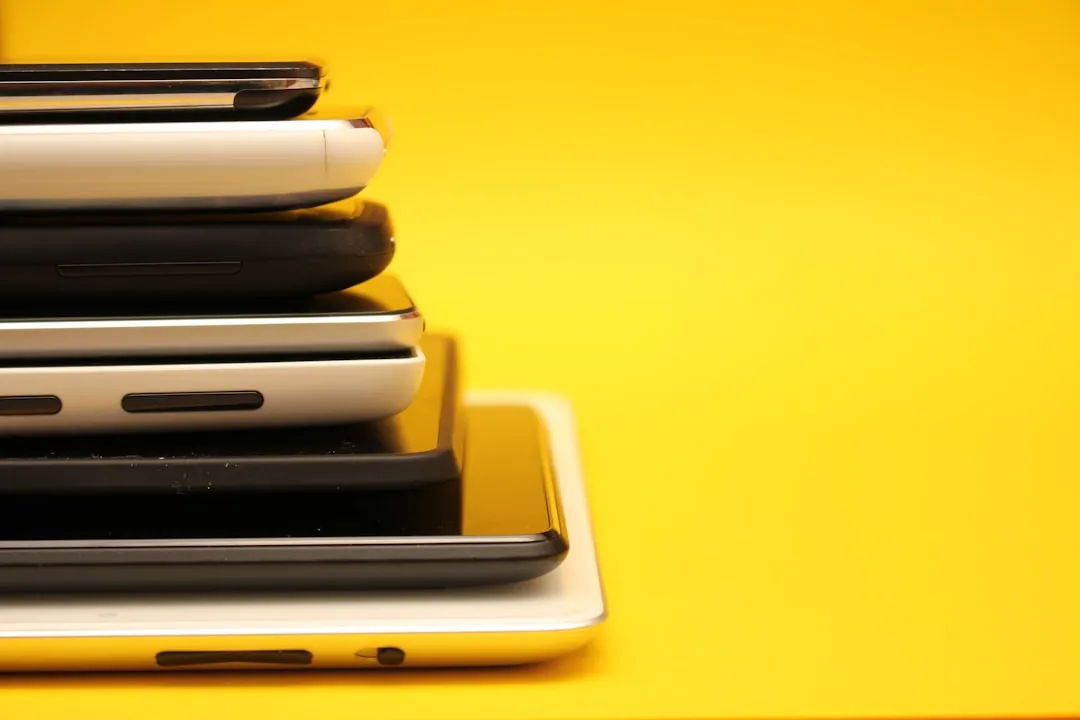

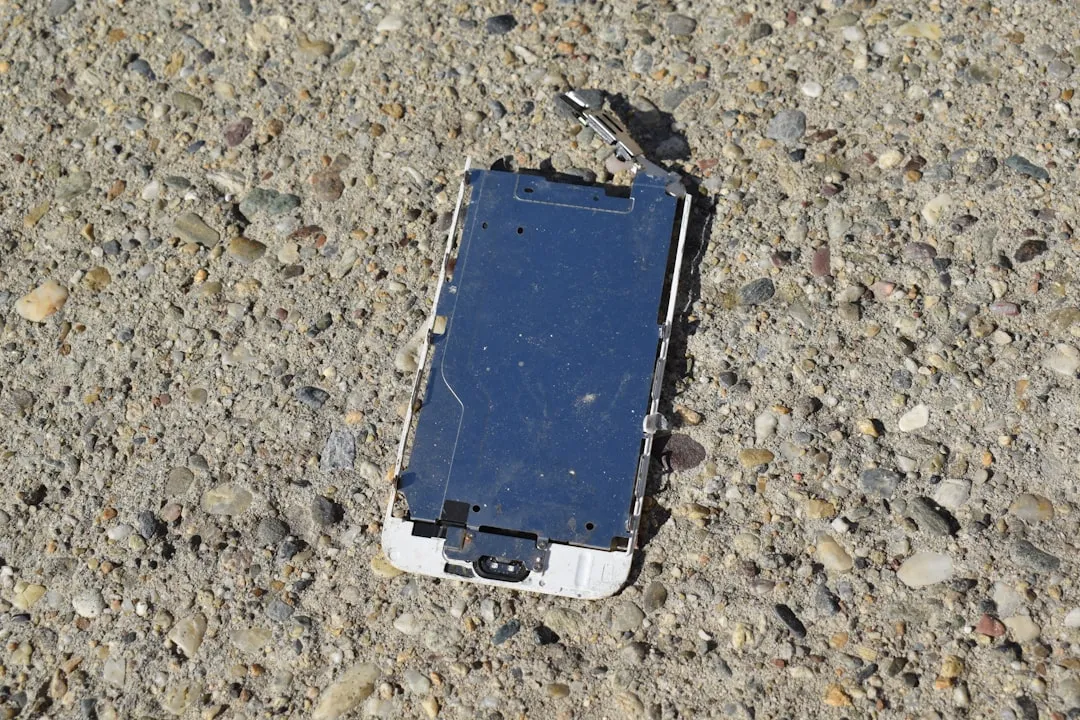
Comments
Be the first, drop a comment!